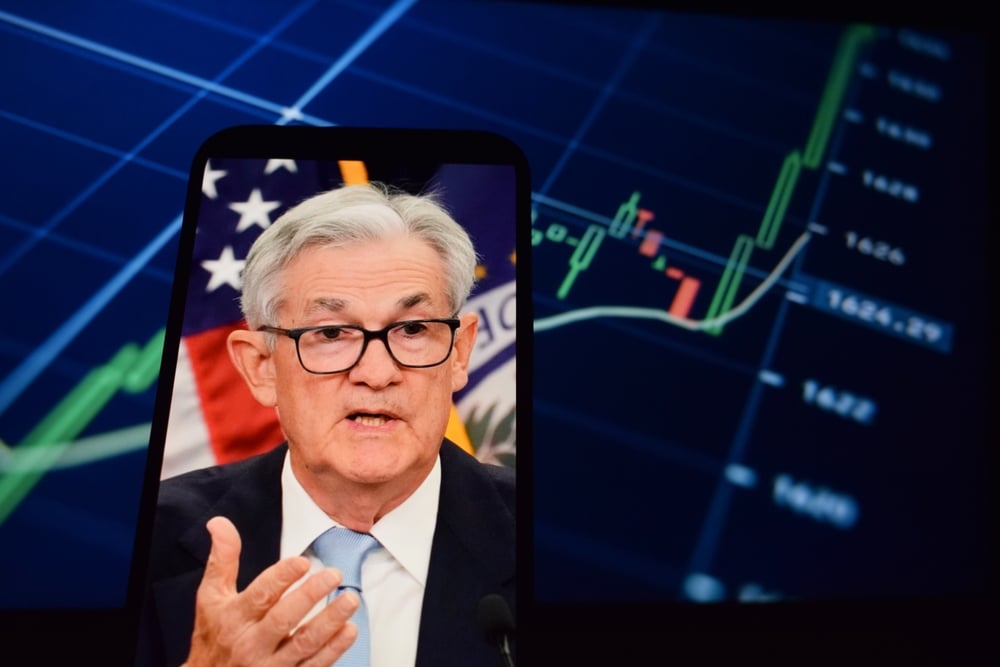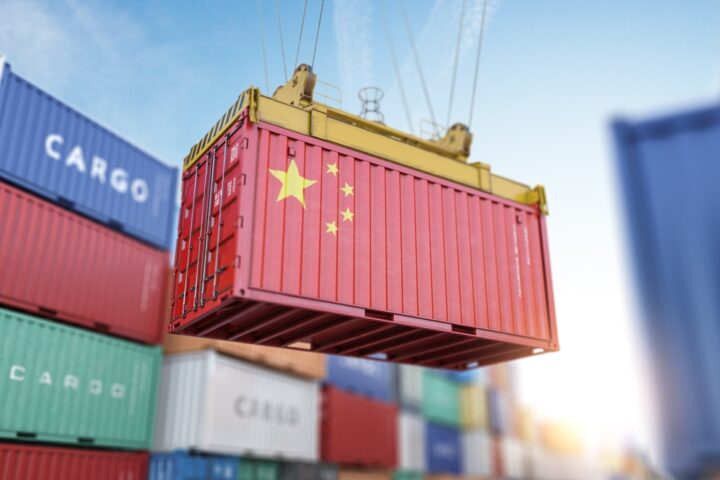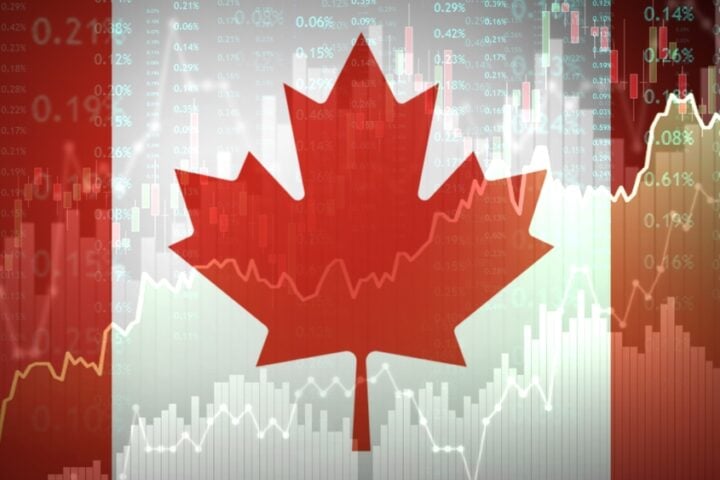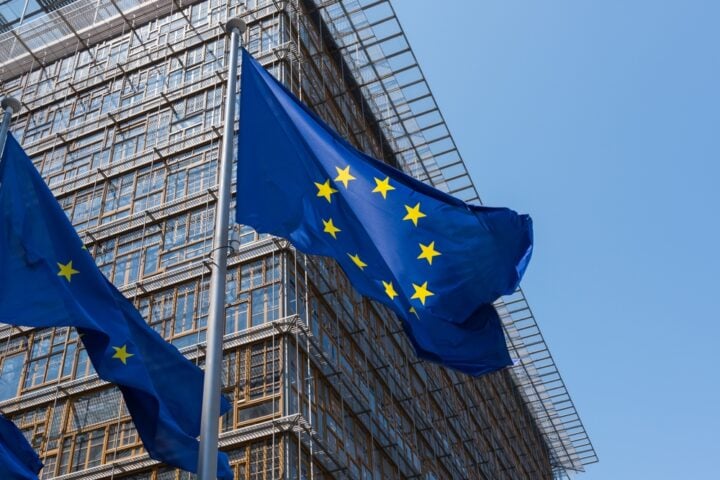The Federal Reserve opted to keep its key interest rates unchanged on Wednesday as the U.S. economy navigates the volatility caused by President Donald Trump’s trade war and his ongoing tariff policies. This decision comes as uncertainty around the economic outlook continues to weigh heavily on the Fed’s strategy.
Fed’s Cautious Stance Amid Trade Uncertainty
In a move that surprised few market participants, the Federal Open Market Committee (FOMC) held the benchmark overnight borrowing rate at a range between 4.25% and 4.5%, where it has remained since December. The Fed’s statement highlighted increasing volatility and uncertainty, particularly in light of Trump’s tariffs and the ongoing trade war.
“Uncertainty about the economic outlook has increased further,” the statement noted. “The Committee is attentive to the risks to both sides of its dual mandate and judges that the risks of higher unemployment and higher inflation have risen.”
The Fed did not directly address tariffs in the statement, but Chair Jerome Powell discussed them at his post-meeting press conference. The central bank is closely monitoring the effects of the tariffs, which have already been disrupting the economy.
Market Reactions and Economic Risks
Despite the Fed’s rate decision, stocks briefly dipped but quickly recovered. The Dow Jones Industrial Average rose nearly 300 points, indicating resilience in the markets, though the Fed’s statement highlighted growing concerns. Analysts, such as Krishna Guha of Evercore ISI, pointed out that the Fed sees the risks ahead as two-sided, signaling that there would be no immediate leaning toward a rate cut.
Stagflation: A Looming Threat
The Fed’s statement also noted the potential for a stagflationary scenario, a term describing the combination of stagnation (slow economic growth) and inflation. This scenario could emerge from the interplay between tariffs, which may drive inflation up, and the slowdown in economic growth. This scenario hasn’t been seen in the U.S. since the 1980s.
Policymakers have been cautious, allowing the economy to expand at a “solid pace” despite trade wars and tariffs. Job growth has remained relatively strong, with nonfarm payrolls rising by 177,000 in April, keeping the unemployment rate steady at 4.2%. However, inflation has been moving closer to the Fed’s 2% target, even though tariffs are expected to push prices up in the short term.
Impact of Trade Talks and Tariffs
The upcoming trade talks between the U.S. and its trading partners, including China, are a focal point for the Fed and the broader economy. While recent signs of progress in negotiations have helped reverse some of the market’s previous volatility, business surveys reveal that many businesses are still struggling with supply chain issues and rising costs due to the tariffs.
The Fed has also been monitoring the political developments closely, with Trump’s tariffs continuing to disrupt the global trade system. Despite recent efforts to de-escalate the trade conflict, the uncertainty surrounding trade policies remains a critical risk to the economy.
Market Outlook and Future Fed Action
As of now, the market expects minimal action from the Fed in the immediate future. Market pricing shows little chance of a rate cut this month, with expectations pushing the potential for a 25-basis-point reduction in June. Overall, traders are pricing in three rate cuts for 2025, although this could change depending on how trade tensions and economic indicators unfold.
The FOMC’s unanimous decision to hold rates steady provides a bit of breathing room for the economy. However, it also reflects the Fed’s cautious stance as it navigates the complex dynamics of tariffs, inflation, and economic growth. With risks mounting on







